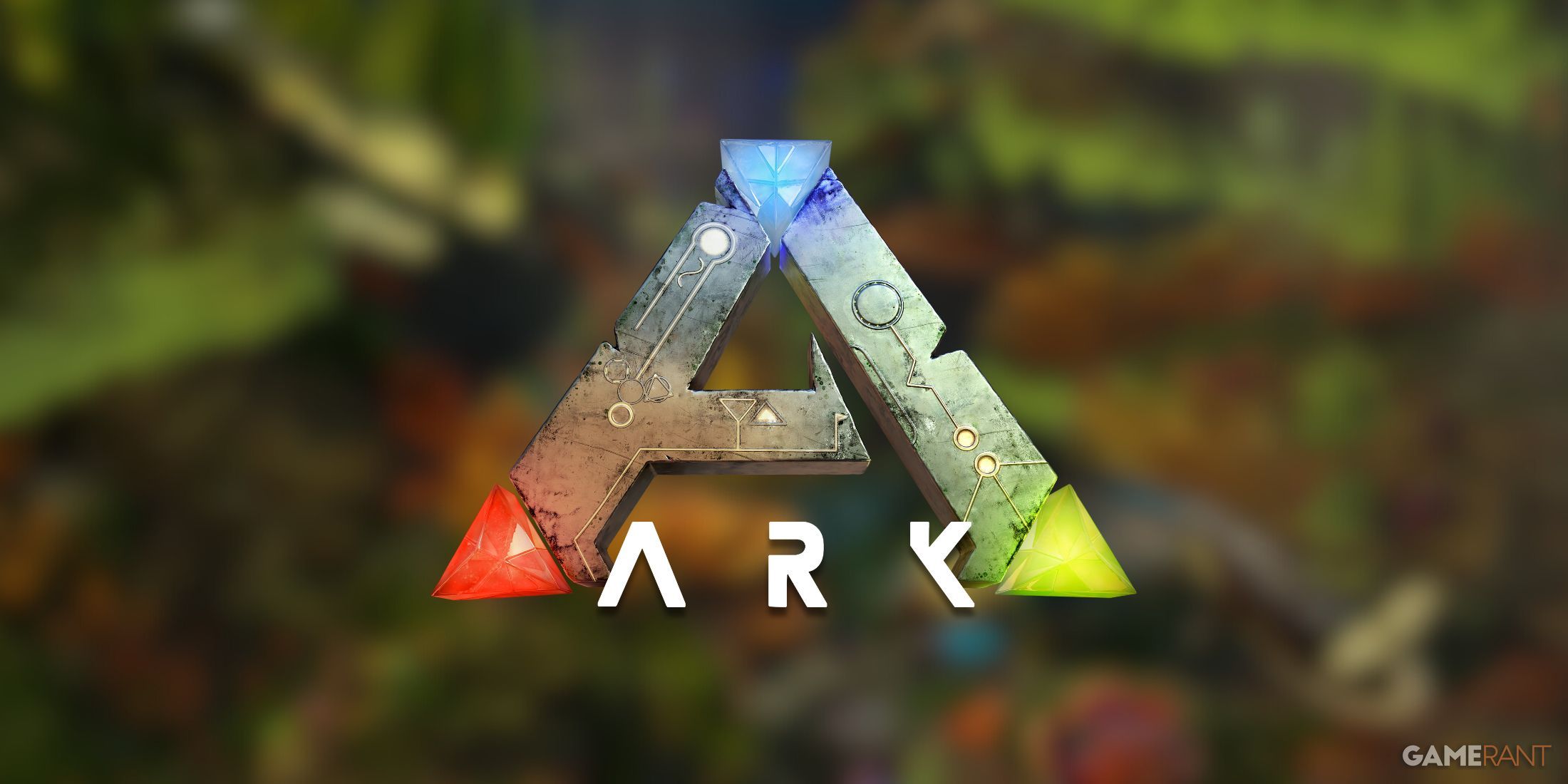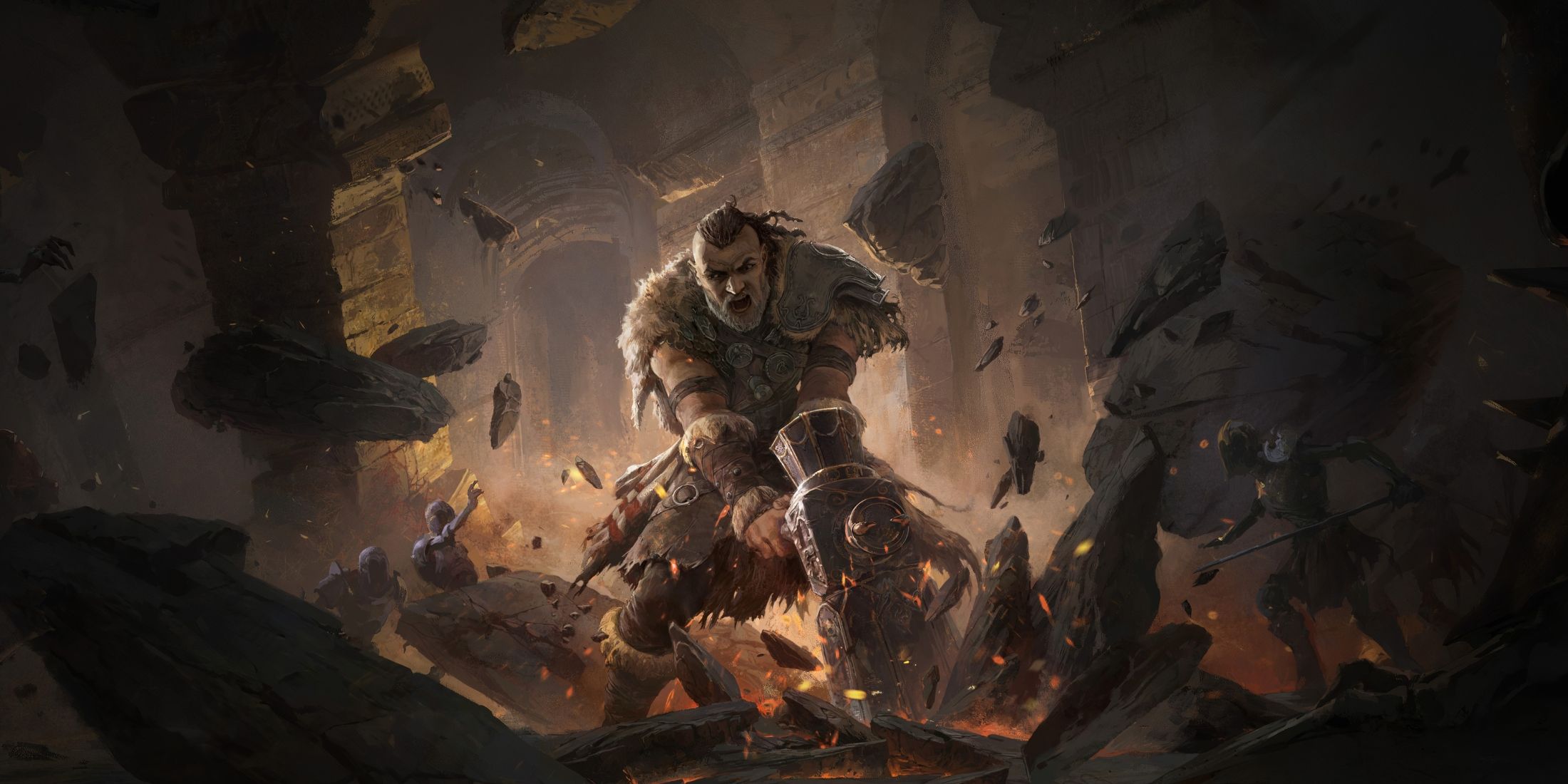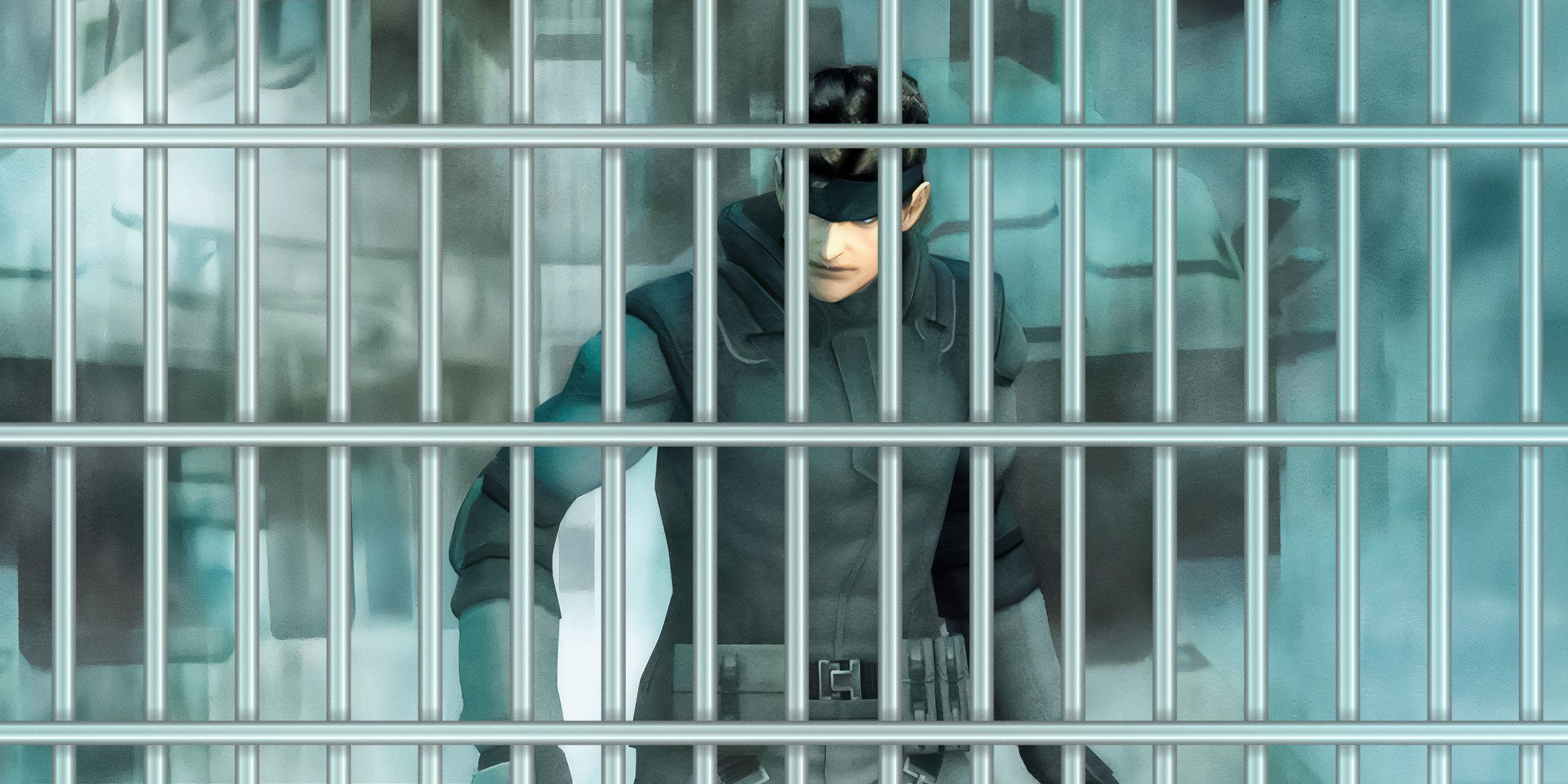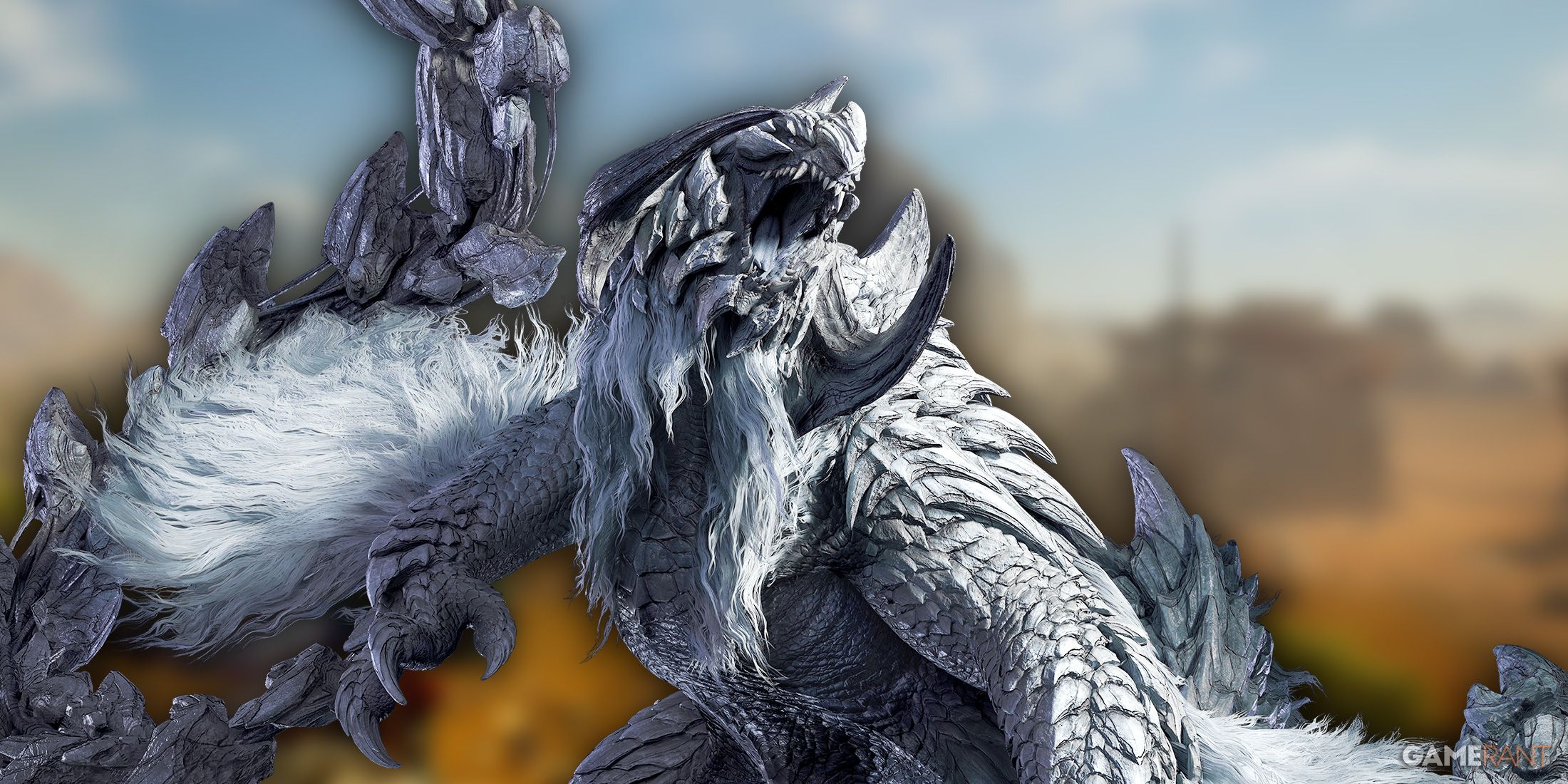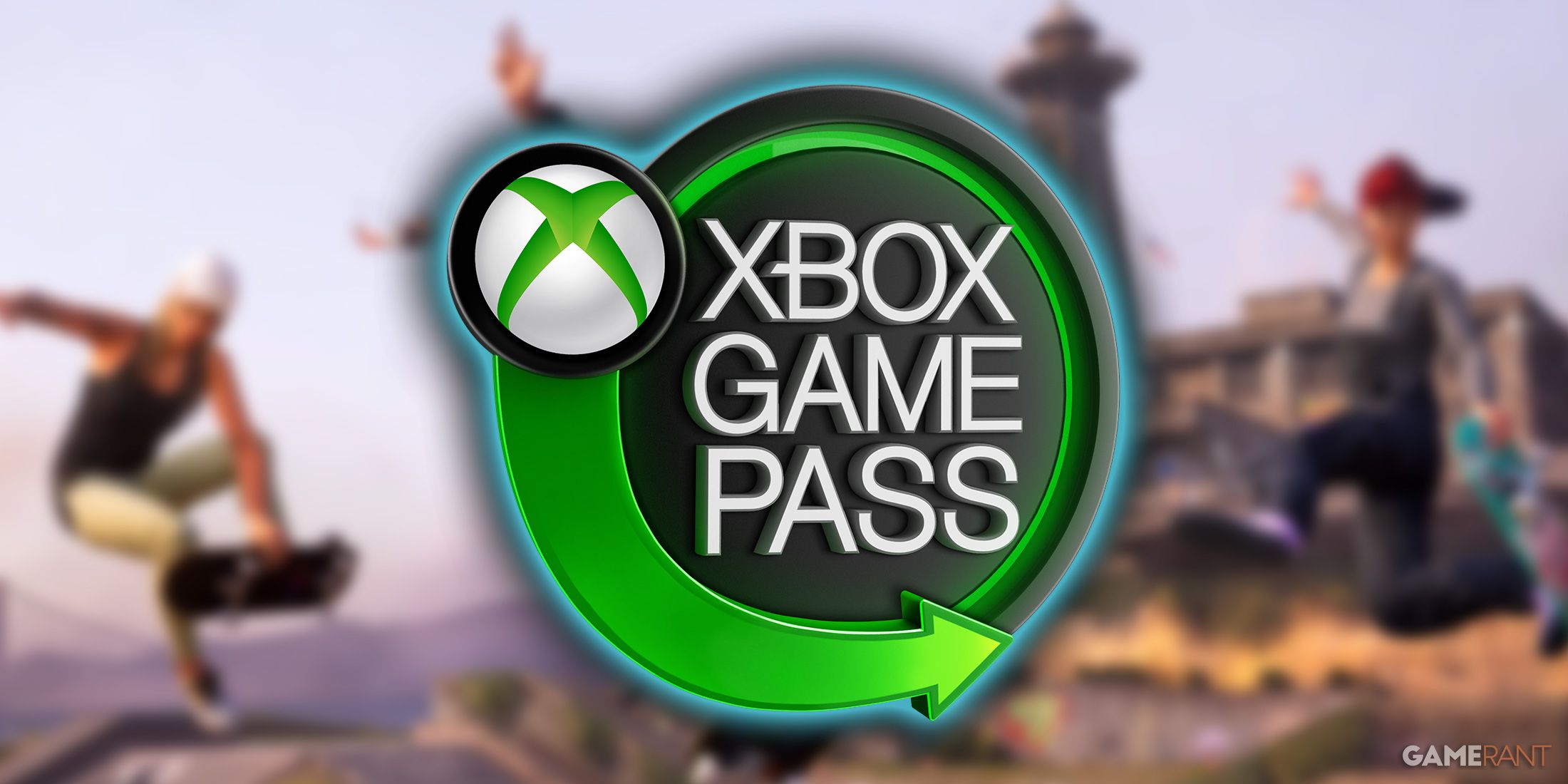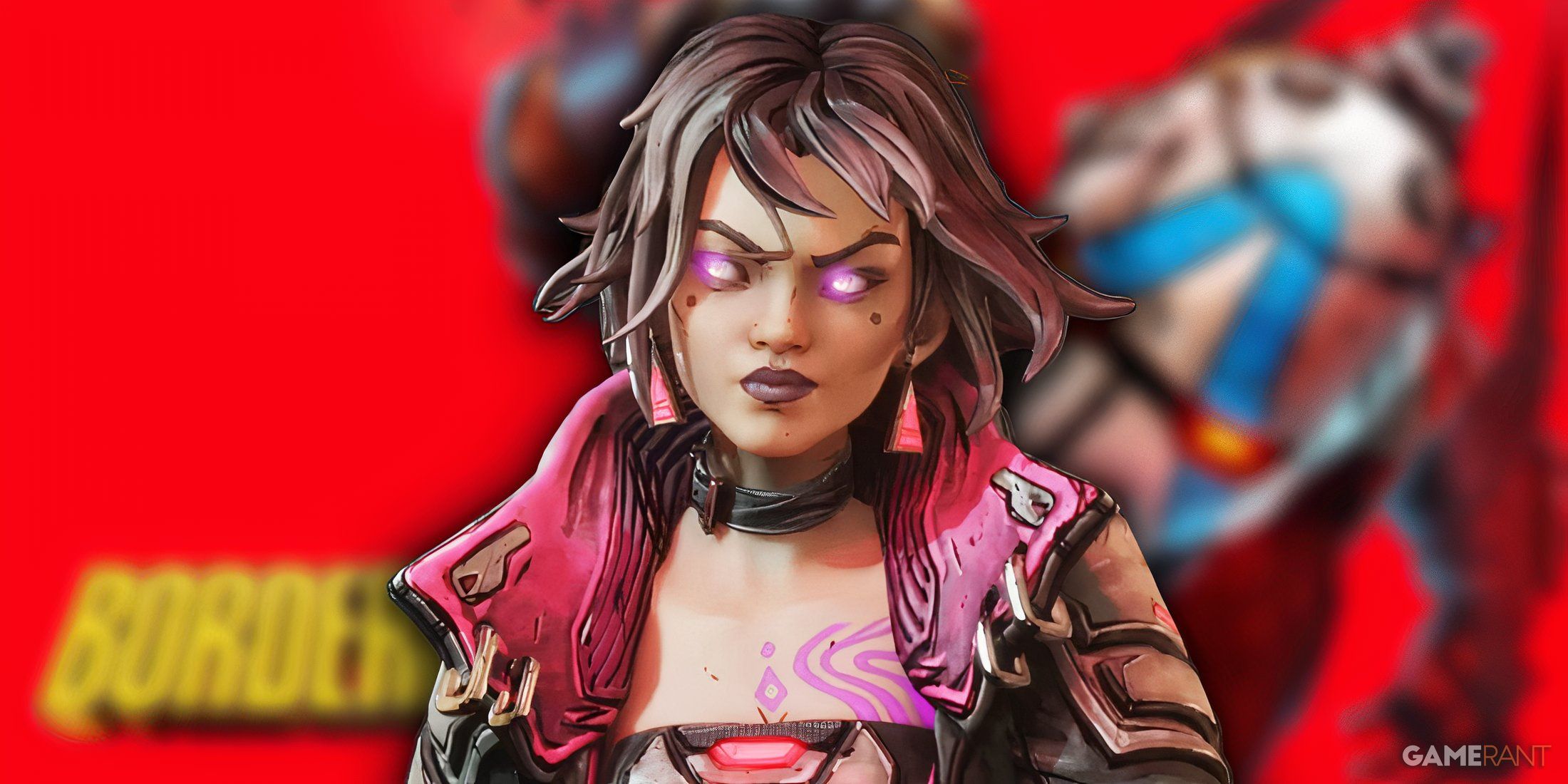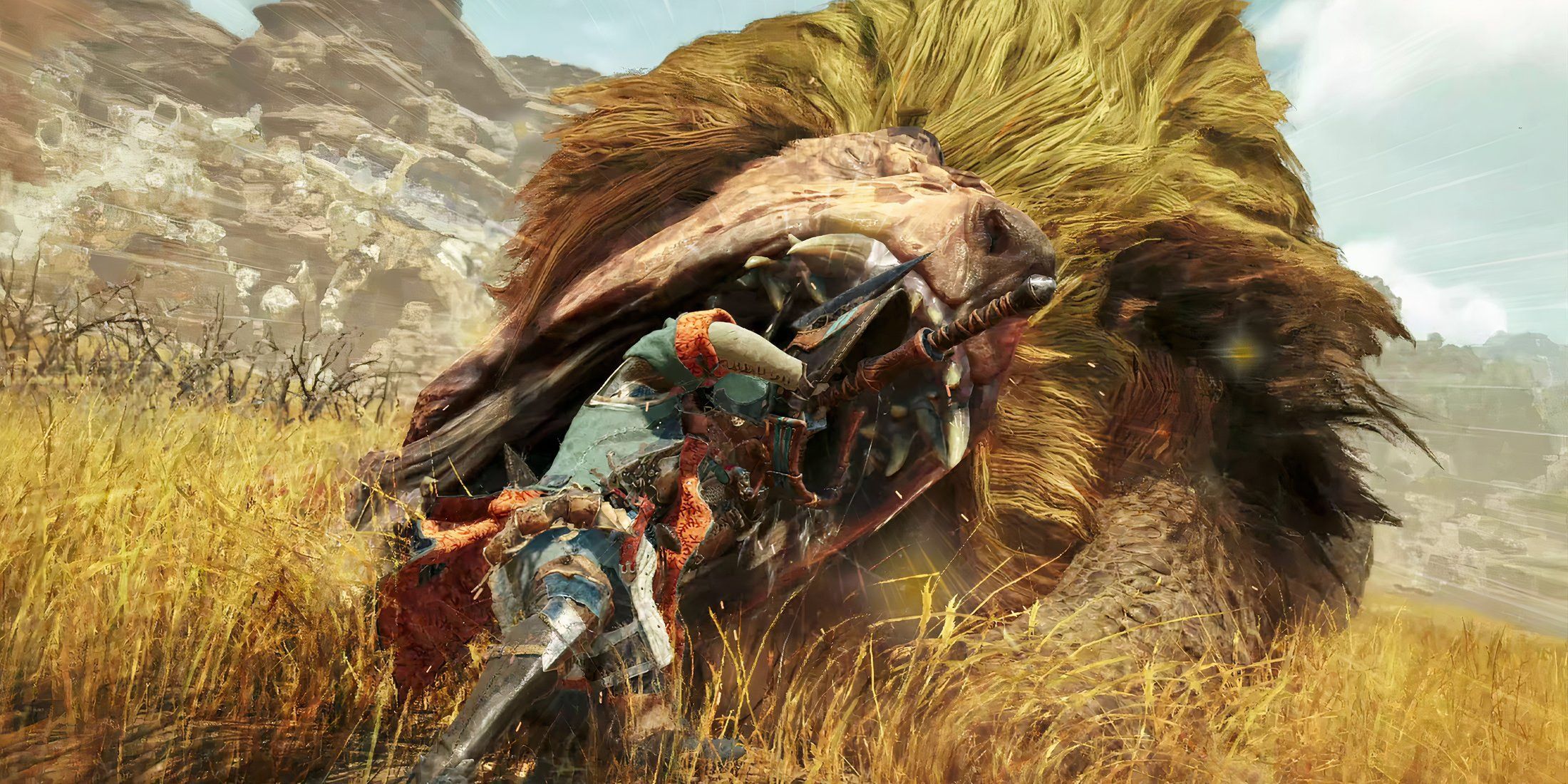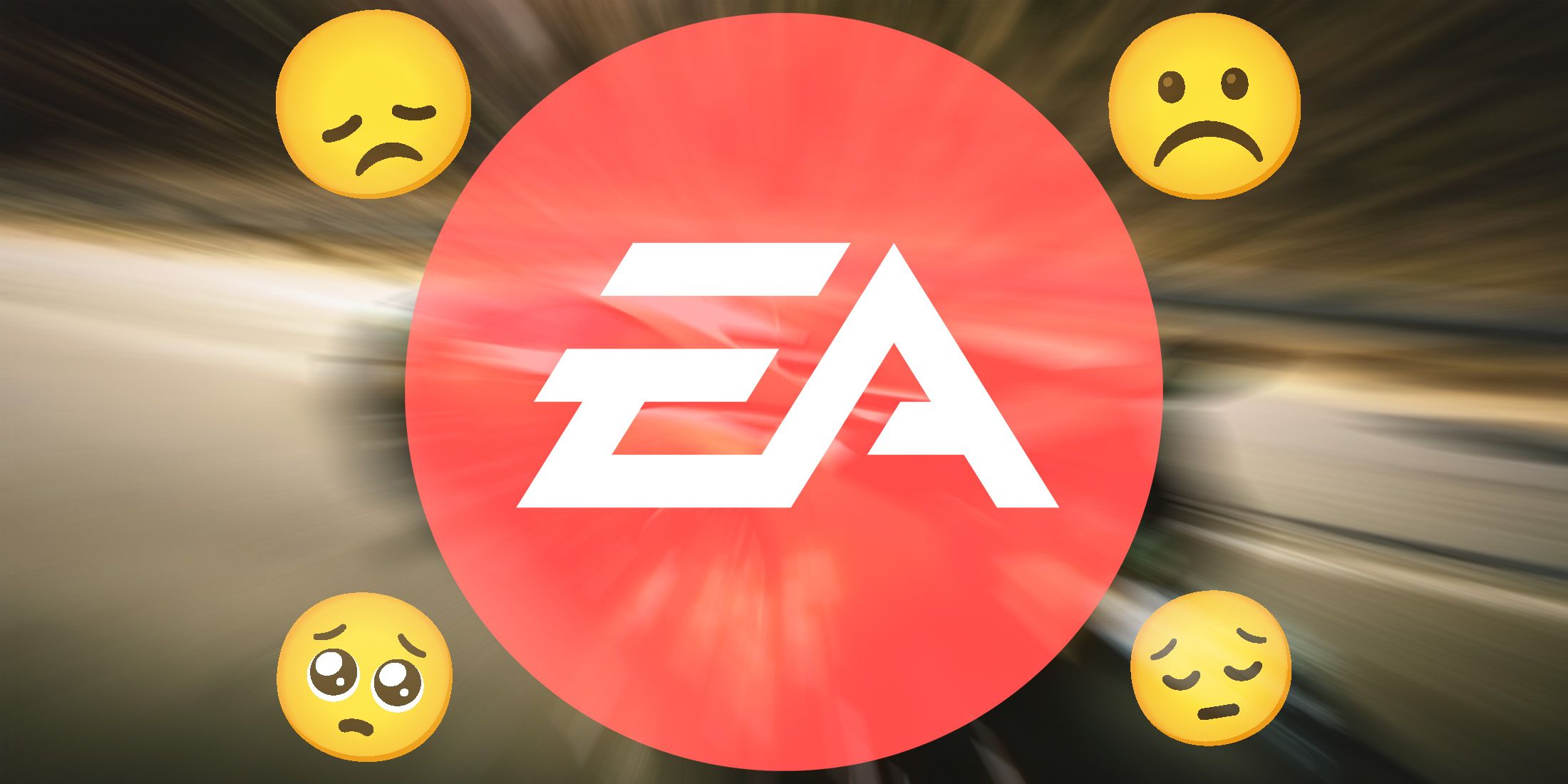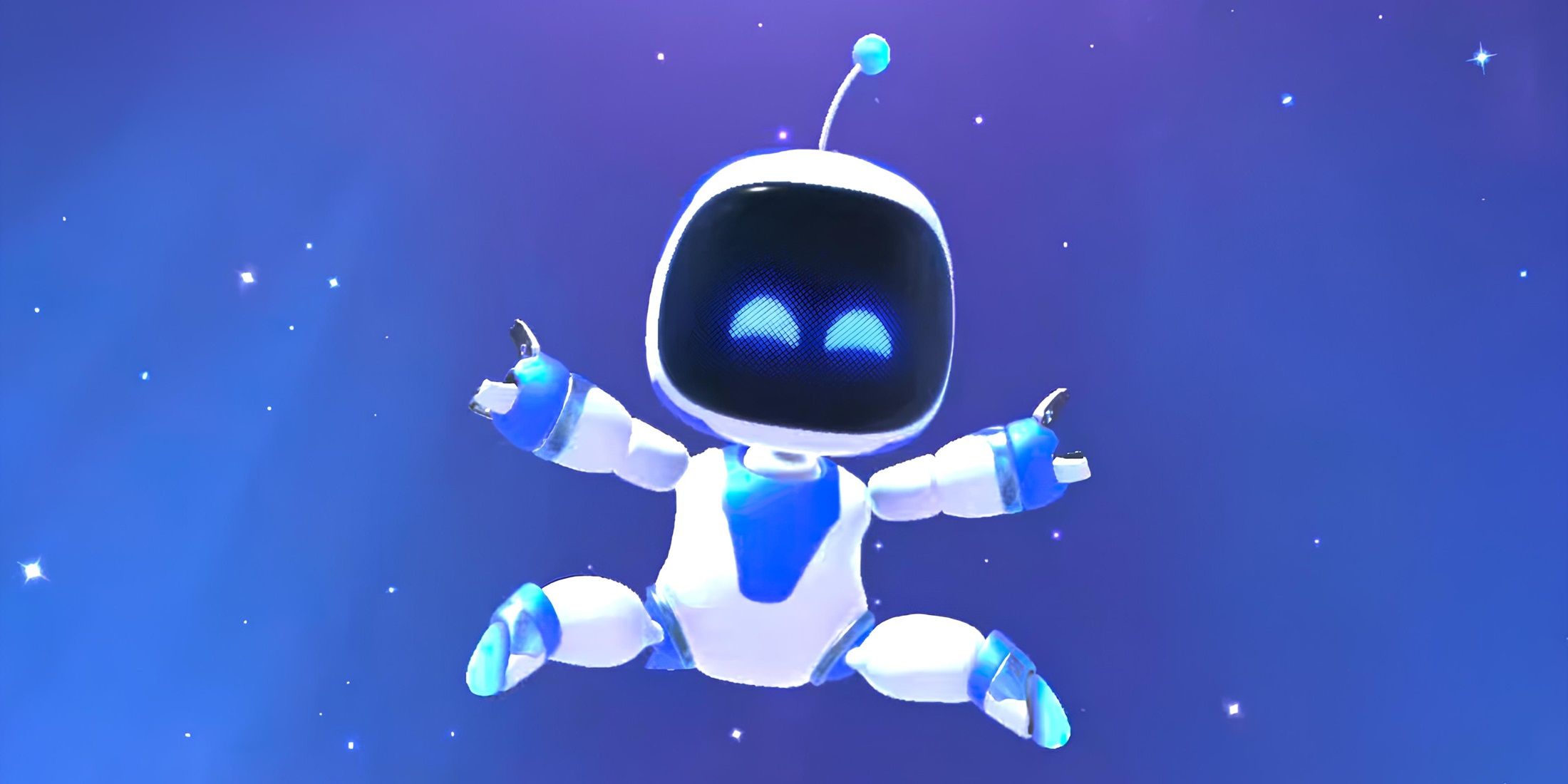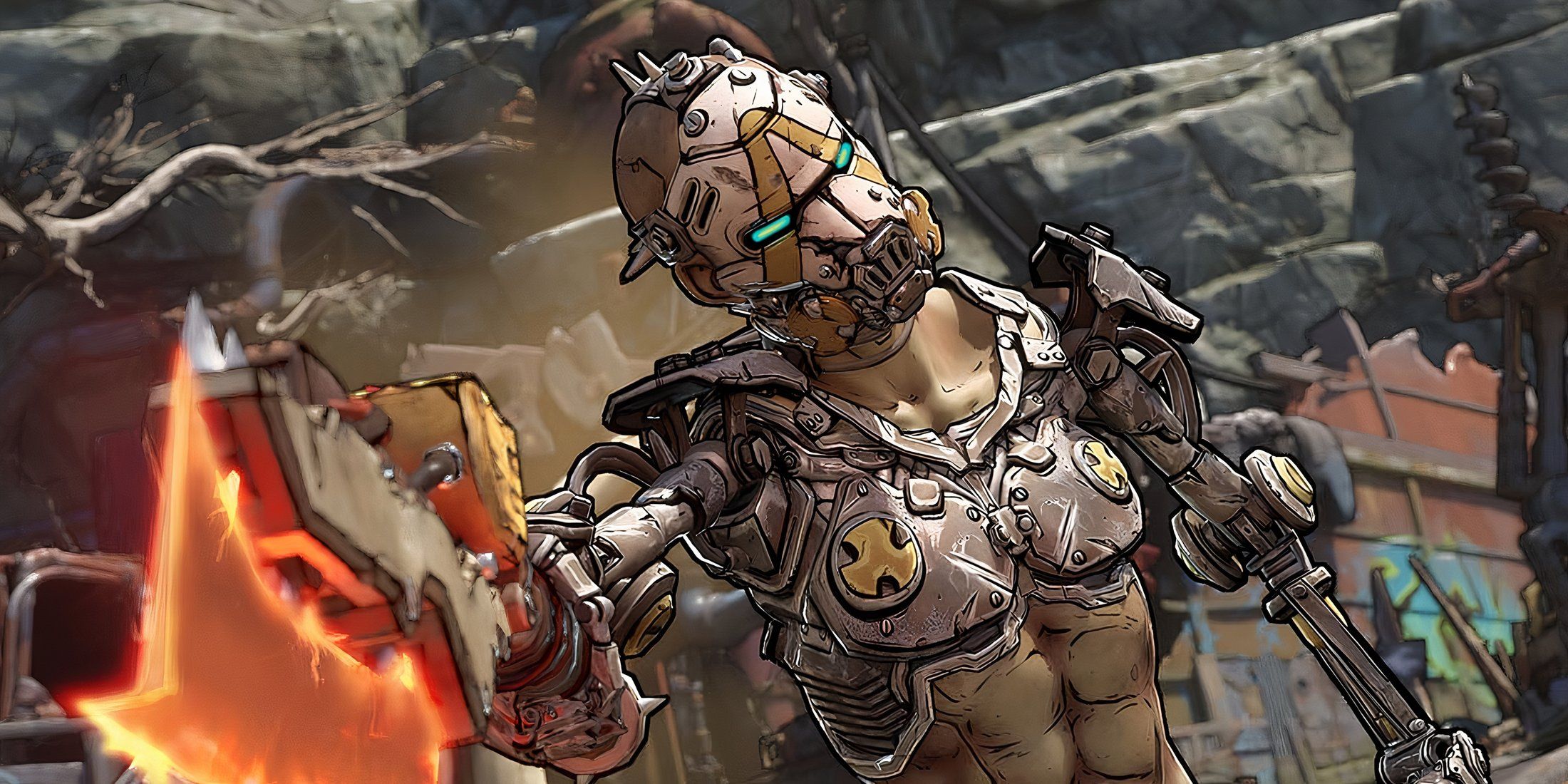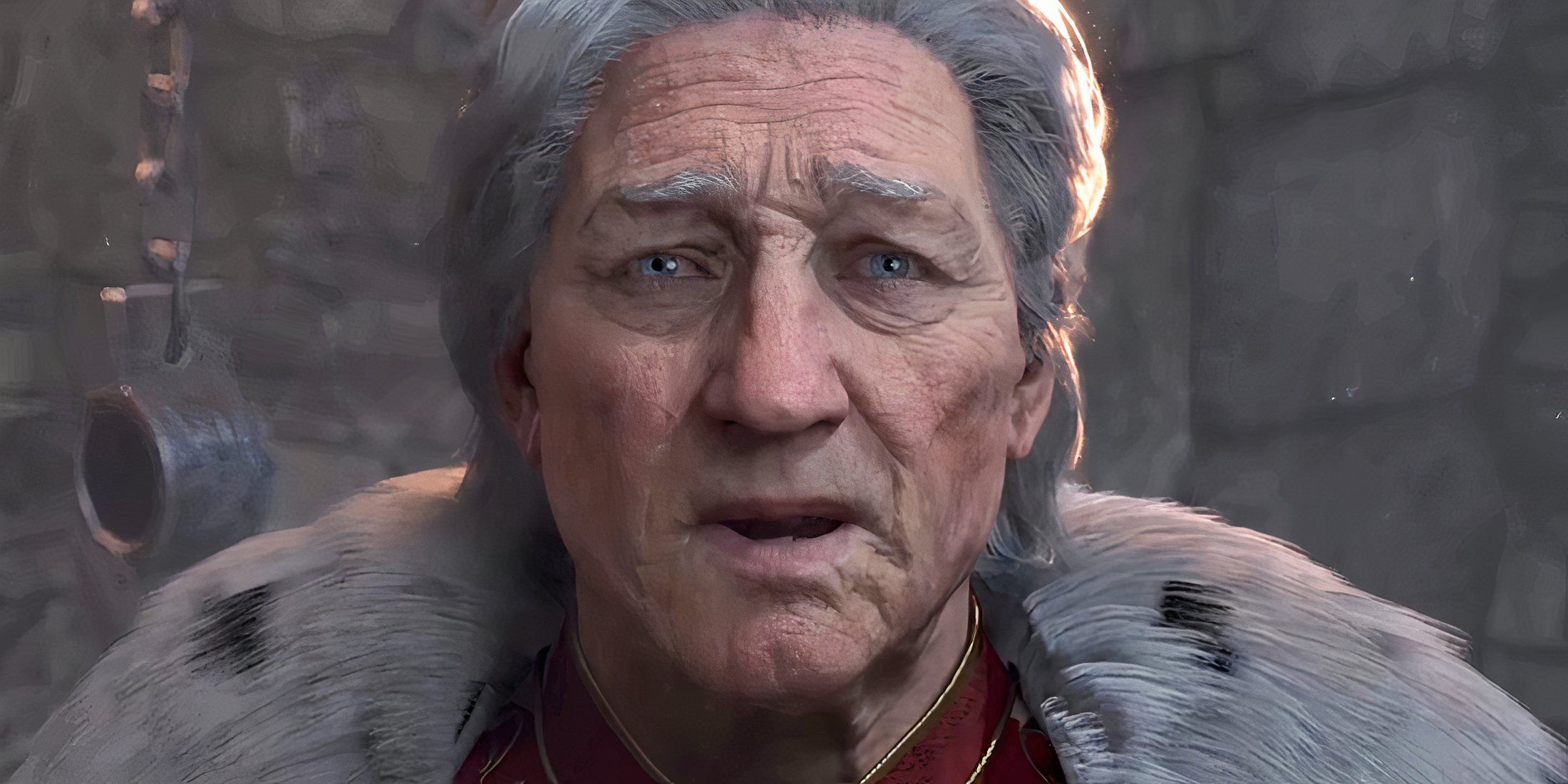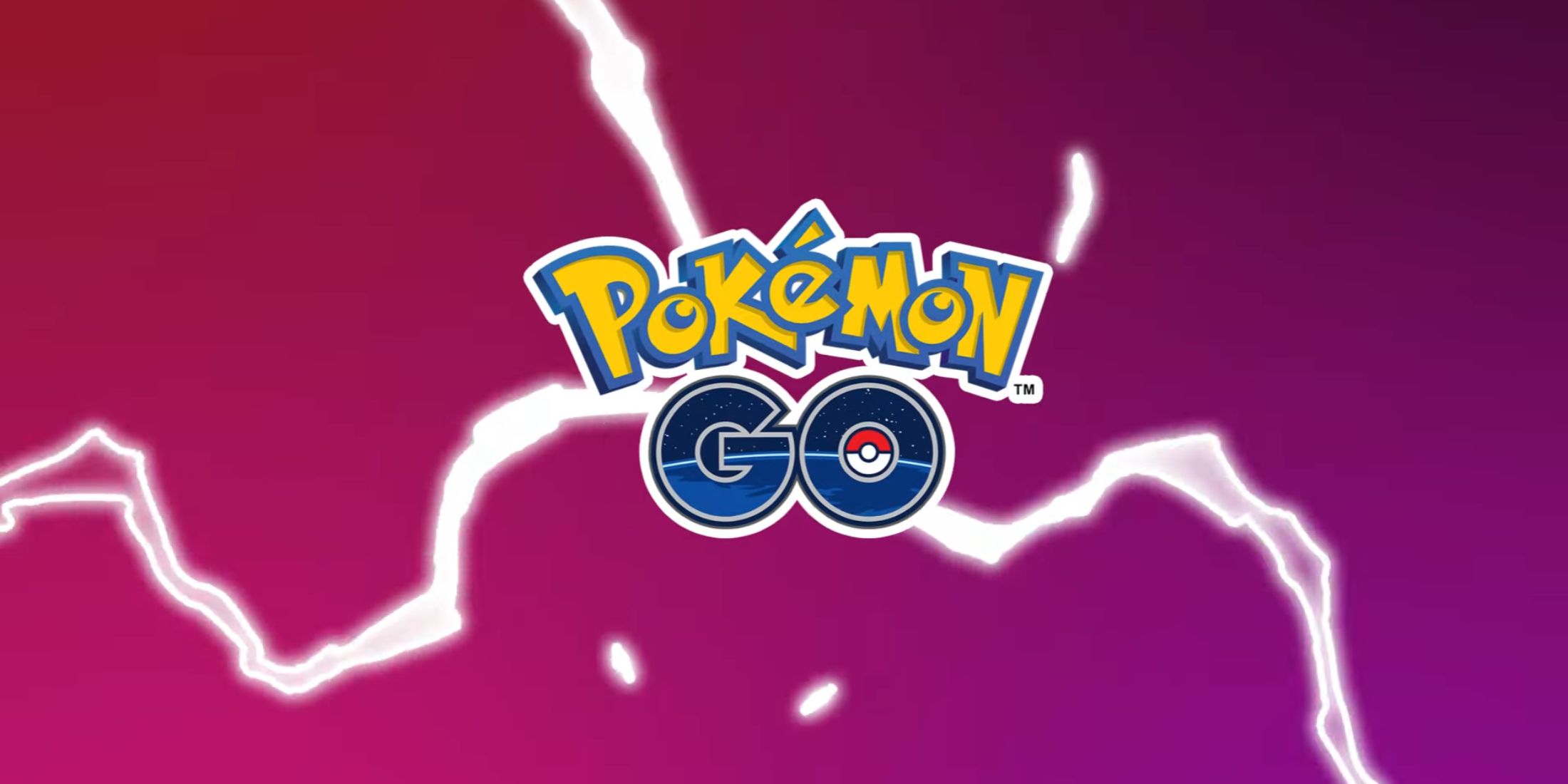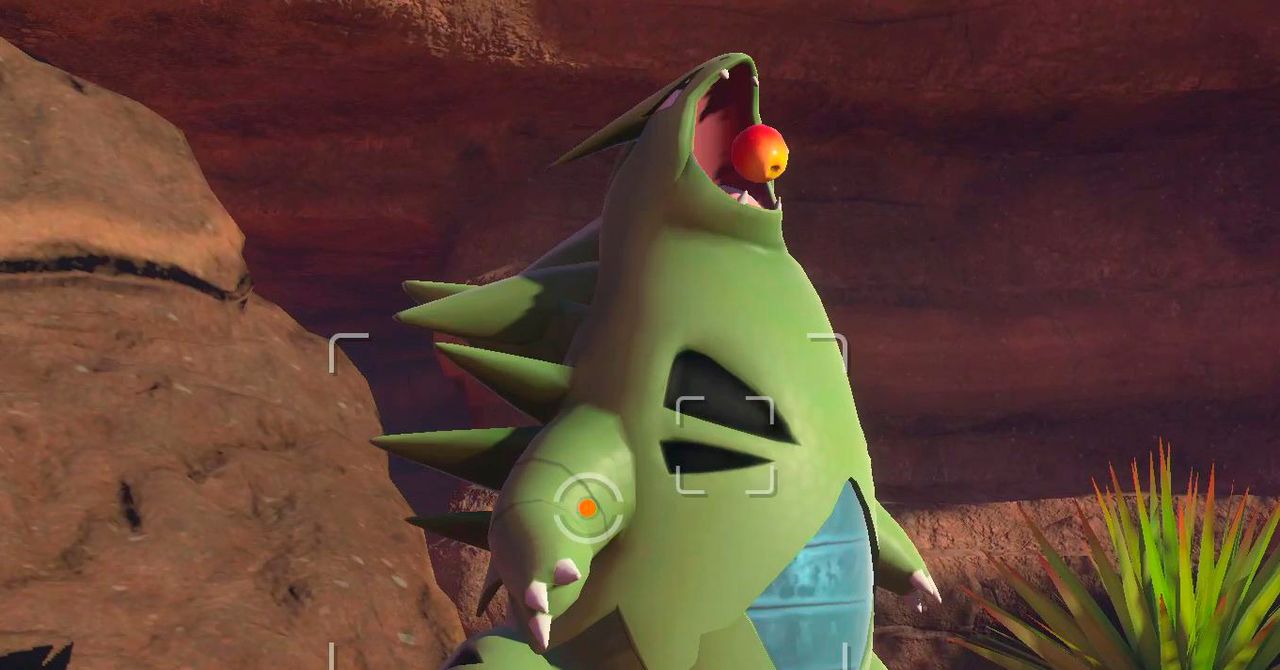
As we enter a new generation of games, with higher frame rates, increasingly complex stories, and shorter loading times, it’s easy to forget how impressive prior generations actually were. But back in 1999, the original Pokémon Snap blew me away. I remember the first time I played it, as a 9-year-old. To my young Pokémon-obsessed self, the 3D rendering of the Pokémon universe, as well as its easy-to-love gameplay, felt world-shattering.
I haven’t played the original Pokémon Snap in decades, but I do remember one critical detail: For as much as I loved the game, I was never actually good at it. Maybe it was my poor reflexes or lack of coordination, but I clearly remember fumbling on all of my photo endeavors. Now, as an adult, I find a similar enthusiasm for New Pokémon Snap, but also that old feeling of total inadequacy. Yet the more I play, the more I realize that the problem might not be my “bad” photography skills but rather the game series’ approach to “good'' photography.
I spent the past week playing New Pokémon Snap, and while I enjoyed it, I also found myself less excited about a game that isn’t so interested in encouraging me to get weird with my photos. But before all that, let’s talk about the game.
Pokémon VoyeurNew Pokémon Snap begins as something of an extended (and probably unpaid) academic internship. You play the part of a young, lightly customizable Pokémon aficionado who’s been invited by a researcher named Professor Mirror to conduct an unprecedented ecological survey of the Lental Region. A fresh addition to the Pokémon universe, the Lental Region is an archipelago of climate-diverse islands teeming with wild Pokémon, mysterious ruins, and a new “Illumina” phenomenon that seems to make Pokémon glow at night. It’s this Illumina phenomenon that’s really gotten Professor Mirror all worked up, and it figures quite largely into the game’s overarching story.
As you might guess, the primary research method for your expedition is photography, and a very circumscribed style of photography at that. Much to my dismay, Professor Mirror doesn’t want an abstract, interpretive photo of Bulbasaur’s front paw or a blurred snapshot of Dodrio running in the horizon; he wants some good ol’ normie portrait photography. Think “dating an Instagram influencer” style photography. Indeed, after each research run, Professor Mirror will critically assess your photos according to his five core parameters: the Pokémon’s pose, its size, the direction its facing, its placement, the presence of other Pokémon, plus the quality of the photo’s background. For Professor Mirror, the bigger and more centered the photographic subject, the better. Photographs are also further categorized by color for their quality, and in a range of one to four stars depending on the Pokémon’s behavior.

